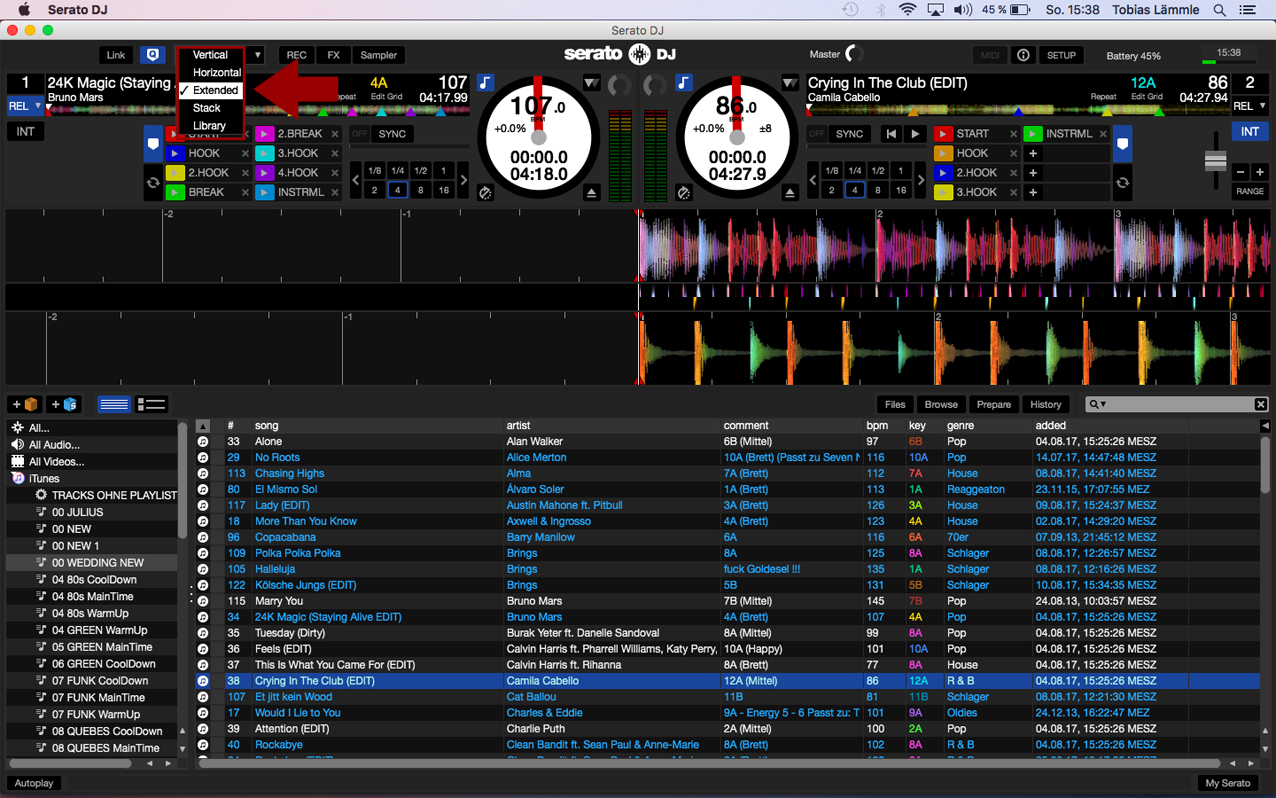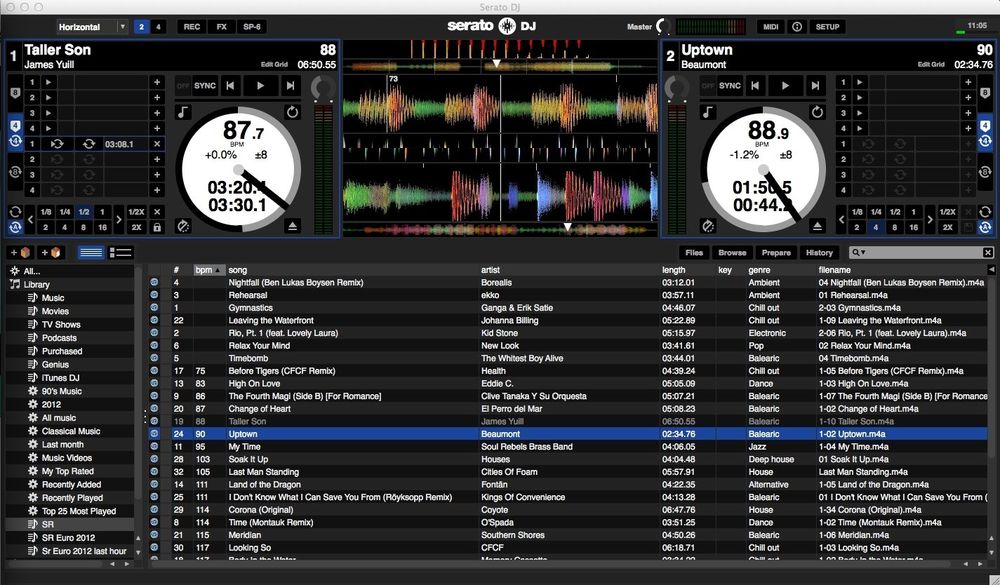

The microcontroller code I provide is written using Energia and may transfer to Arduino with little effort, other microcontrollers may need to have the code ported to them specifically, which wouldn’t be too hard. My specific DJ Controller uses an early revision of the TI MSP430 Launchpad, a microcontroller development platform known for its low price ($10) and hobbyist following. I modeled my controller after the Numark Mixtrack II. See the section on what I like to call “quasi-MIDI” later in this introduction. The final product is simply something that takes analog and digital inputs and provides a unique and easy method to turn them into MIDI outputs. My favorite aspect of this project is how open it is to modification. If you were to take this idea and expand it and polish it, you could end up with a really nice and/or totally different MIDI device. The DJ Controller I will construct in this Instructable will provide you with just one example of what you could build using the code, structure, and process that I show here.

They are out there for around $100 USD, but I am also into DIY! I have a passion for both music and electronics and wanted a way to combine the two, so I decided to build a custom DJ controller with low-cost and rapid construction in mind. I’m only a hobbyist DJ and didn’t really want to spend a lot of money on my first DJ Controller. And they are also traditionally expensive.

Hardware DJ Controllers are traditionally the next step after getting one’s feet wet using a software-based DJ Controller. I enjoy DJing because it provides a more interesting, involved, and interactive music-listening experience, whether in company of friends or while in private. Many people are getting into DJing these days, whether as a means of self-expression or a way to make extra money.


 0 kommentar(er)
0 kommentar(er)
